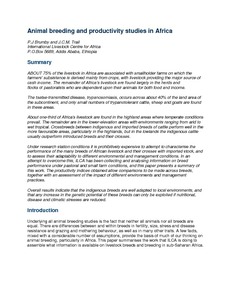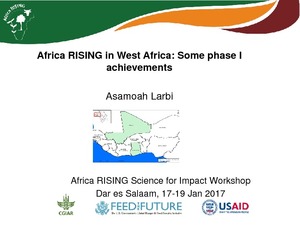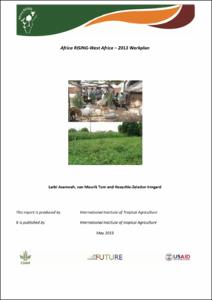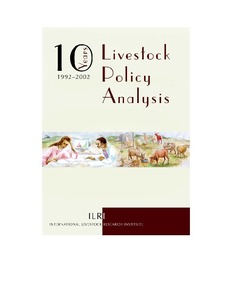Analysis of smallholder farmer’s participation in production and marketing of export potential crops: The case of sesame in Diga district, east Wollega zone of Oromia Regional State
Agriculture in Ethiopia remains to be the key sector. It is still the main source of foreign exchange earnings (up to 90%) and the largest labour force employer (about 83%). Of the total agricultural output, about 95% was covered by smallholder agriculture sub-sector. However, a number of factors limit smallholder farmers from participating in export potential cash crops. The main objective of this paper is to identify household specific factors determining sesame production and marketing participation.












